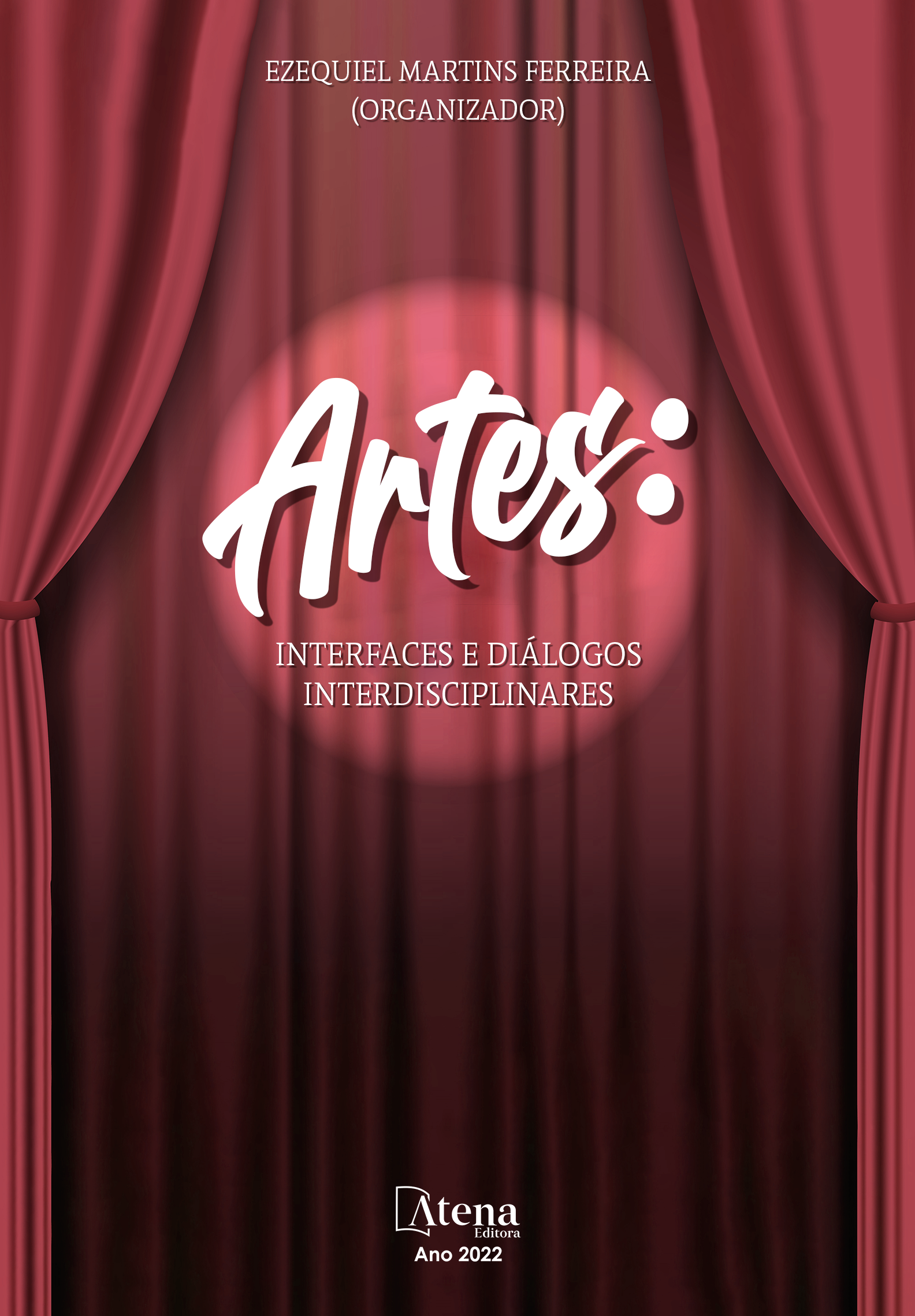
CROSSING BORDERS: INTERCULTURAL PERSPECTIVES IN GRAPHIC DESIGN. REFLECTIONS ON THE ARTWORK OF FUKUDA SHIGEO.
Tomando como punto de partida las influencias bilaterales entre Japón y Occidente en el Diseño Gráfico, este artículo tratará de profundizar en cómo el Estilo Internacional Suizo ha formado parte de la obra de algunos de los diseñadores y artistas más relevantes del contexto gráfico japonés. Se abordará a uno de sus diseñadores más emblemáticos e influyentes, Fukuda Shigeo, prestando especial atención a sus carteles. Fukuda fue un defensor de un movimiento que se ha extendido por todo el mundo y que perdura en la práctica profesional hasta nuestros días.
El diseño gráfico, como disciplina, existe desde mediados del siglo XX, pero sus inicios se remontan a mucho antes. Del mismo modo que las culturas han ido evolucionando y, con ellas, han surgido diferentes movimientos en la literatura, la pintura, etc., esta misma evolución se ha producido en el diseño gráfico. Así, a lo largo de la historia se han desarrollado numerosos estilos, entre los cuales uno de los más importantes y característicos es el Estilo Internacional Suizo, un movimiento que surgió principalmente en Suiza, después de la Segunda Guerra Mundial. Se desarrolló en Suiza y Alemania a lo largo de los años 50 estando en auge hasta los años 70. Muchas de las teorías surgidas del estilo, especialmente acerca de la forma tipográfica y la composición sobre retículas, siguen muy presentes en las enseñanzas de escuelas de diseño de hoy en día. Estos parámetros formales sirvieron de inspiración para las obras de Fukuda Shigeo, que desarrolló un estilo personal narrando ideas complejas a través de imágenes sencillas, una de las premisas básicas del diseño gráfico contemporáneo.
Así pues, a través de esta propuesta, se pretende establecer una relación formal multidireccional entre Europa y Japón, analizando las influencias europeas ejercidas en la segunda mitad del siglo XX en Japón a través de diversas obras gráficas y cómo dichos referentes japoneses forman parte del diseño gráfico contemporáneo.
CROSSING BORDERS: INTERCULTURAL PERSPECTIVES IN GRAPHIC DESIGN. REFLECTIONS ON THE ARTWORK OF FUKUDA SHIGEO.
-
DOI: 10.22533/at.ed.5302211039
-
Palavras-chave: Graphic Design; Influences; East-West; Multidirectional; Fukuda Shigeo; Swiss International Style; M.C.Escher; Artworks; Typography;
-
Keywords: Graphic Design; Influences; East-West; Multidirectional; Fukuda Shigeo; Swiss International Style; M.C.Escher; Artworks; Typography;
-
Abstract:
Taking as a starting point the bilateral influences between Japan and the West in Graphic Design, this paper will try to delve into how the Swiss International Style has been part of the work of some of the most relevant designers and artists of the Japanese graphic scene. It will also address one of its most emblematic and influential designers, Fukuda Shigeo, paying special attention to his posters. Fukuda was an advocate of a movement that has spread all over the world and lives on in professional practice to this day.
Graphic design, as a discipline, has existed since the middle of the 20th century, but its beginnings trace back much earlier. In the same way that cultures have been developing and, with them, different movements have arisen in literature, painting, etc., this same evolution has occurred in graphic design. Accordingly, many styles have been developed throughout history, among which one of the most important and characteristic is the Swiss International Style, a movement which emerged mainly in Switzerland, after the Second World War.
Developed through the 1950s in Switzerland and Germany, the Swiss International Style peaked in the 1970s. Many of the theories that drew from the style, especially those about typographic form and grid composition, are still very much present in the teachings of today's design schools. These formal parameters served as an inspiration for Fukuda Shigeo’s artworks, who developed a personal style by narrating complex ideas through simple images, one of the basic premises of contemporary graphic design.
Therefore, this essay aims to establish a formal multidirectional relationship between Europe and Japan. The European influences exercised on Japan during the second half of the Twentieth Century and how Japanese references in turn became part of contemporary graphic design, will be analysed through various graphic words.
-
Número de páginas: 14
- TATIANA LAMEIRO-GONZÁLEZ


